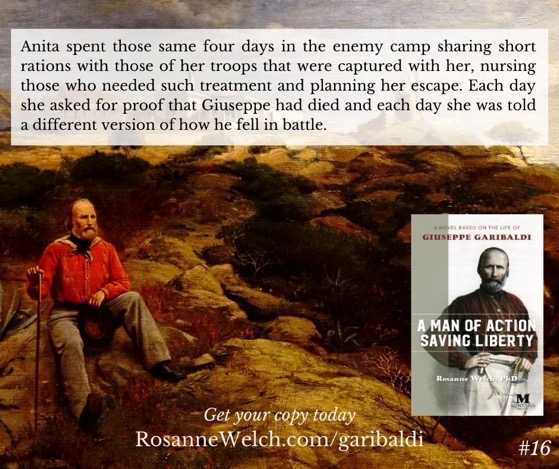Thanks to the gracious invitation from my Screenwriting Research Network colleague Paolo Russo – and a grant he was able to procure (and in the before-Covid time) I was able to spend a week at Oxford Brookes University working with the screenwriting masters students in Paolo’s course. At the culmination of the week, I gave this lecture on how writers rooms worked in the States.
Transcript:
Writers. Really. Matter. I think it’s really true The Auteur Theory — and I don’t want to pick on the French — hopefully, there’s no one french in here — I’m picking on you — not my probably looking at your French friend, right — many people are now tearing down the Auteur Theory because it’s ridiculous. The director is not the only person responsible for why a film works. It has always begun with a writer. Yes, it moves to a director but that’s a collaboration and we made a mistake. Some people have written about the fact that in the early days of film critique critics couldn’t go through two or three names of writers so they went to the director’s name because it was the only one person named and slowly that became the idea of who the auteur was right? It’s not true. Vince Gilligan, very famous in America for Breaking Dad. Really considered one of our best showrunners — one of our best television writers — pretty much says it and I agree with him.
Watch this entire presentation
Subscribe to Rosanne’s Channel and receive notice of each new video!
* A portion of each sale from Amazon.com directly supports our blogs
** Many of these books may be available from your local library. Check it out!
† Available from the LA Public Library
Podcast: Play in new window | Download
Subscribe: RSS
![04 Down With The Auteur Theory from There And Back Again: Writing and Developing for American TV [Video] (54 seconds)](https://rosannewelch.com/wp-content/uploads/2020/12/rmw-oxford-brookes-04.png)



![42 Sharing Culture Internationally from Why Researching Screenwriters Has Always Mattered [Video] (50 seconds)](https://rosannewelch.com/wp-content/uploads/2020/12/rmw-sao-paolo-42.png)

![03 Why Writers Matter from There And Back Again: Writing and Developing for American TV [Video] (41 seconds)](https://rosannewelch.com/wp-content/uploads/2020/12/rmw-oxford-brookes-03.png)

